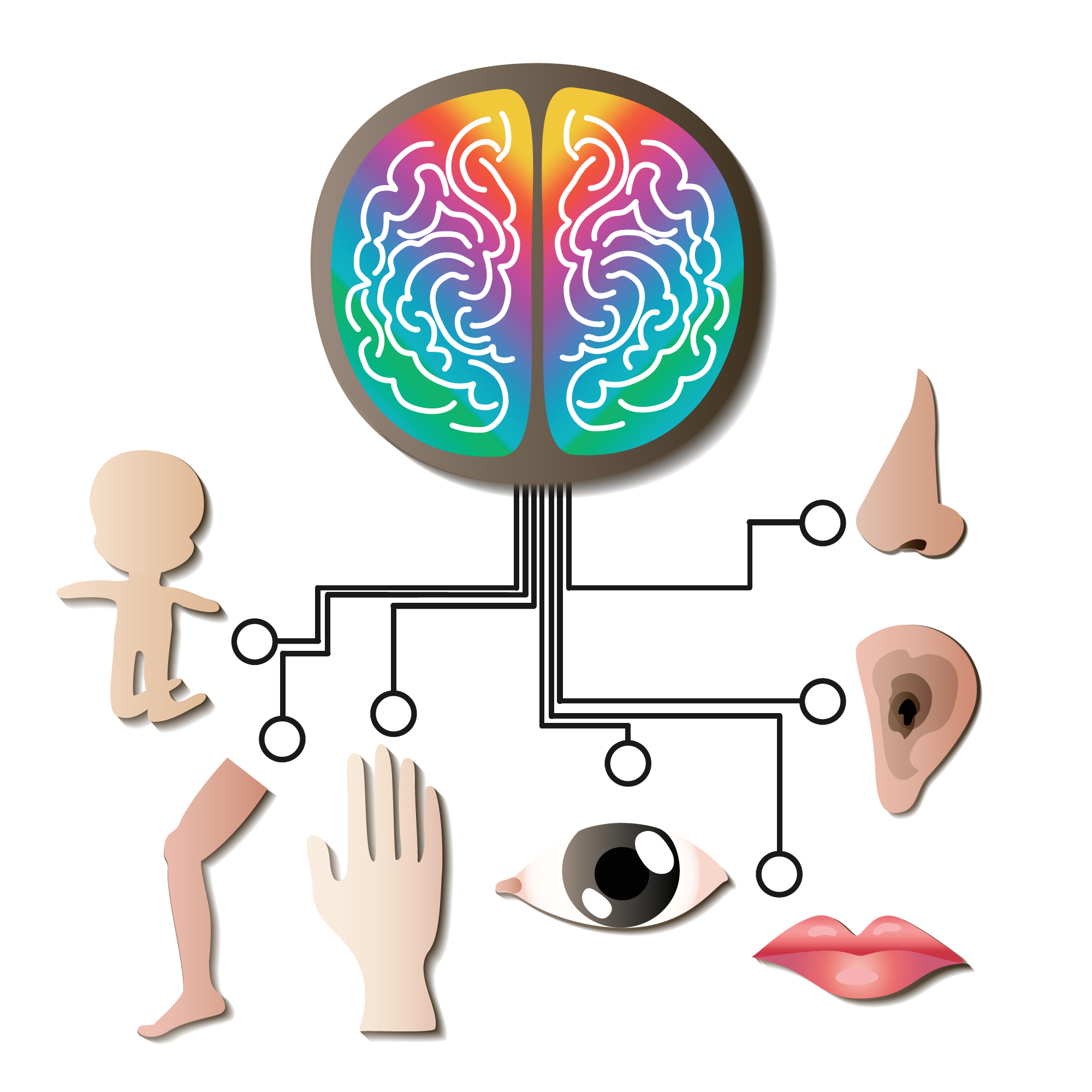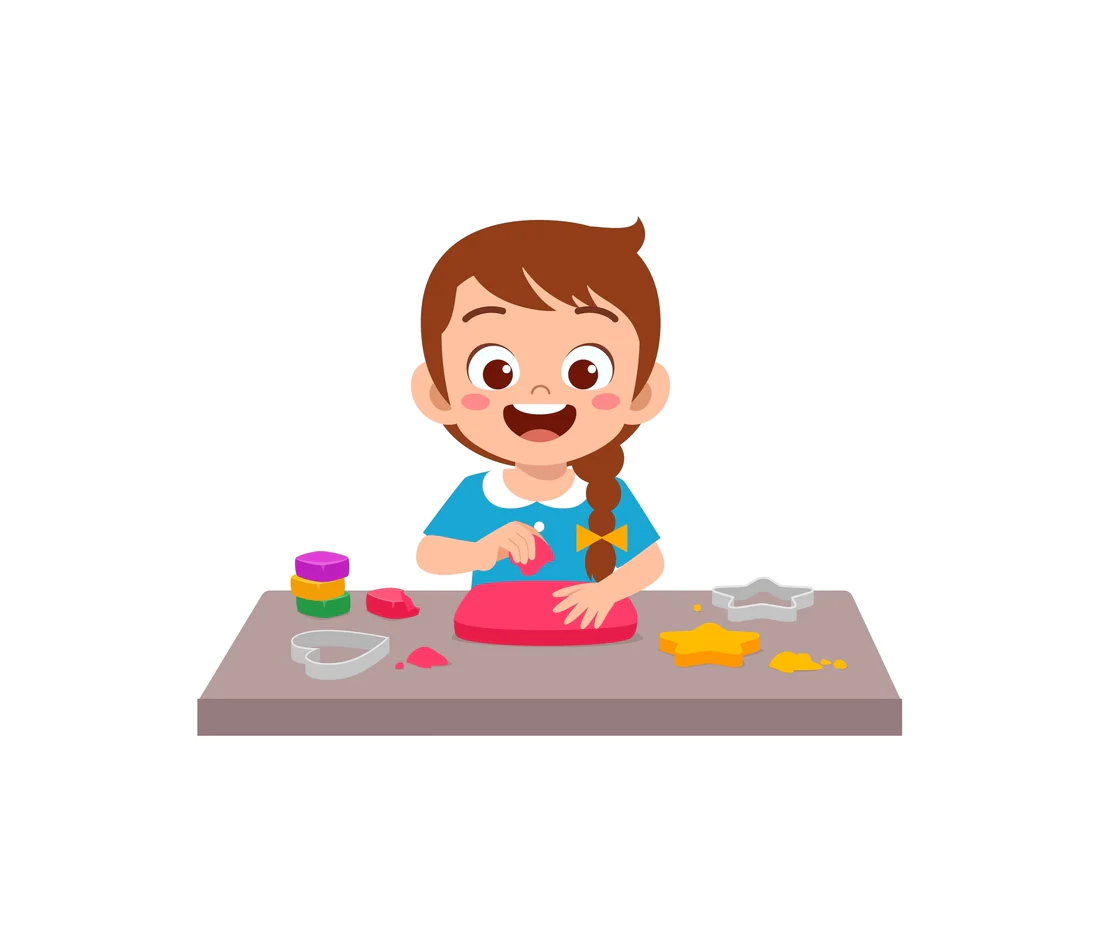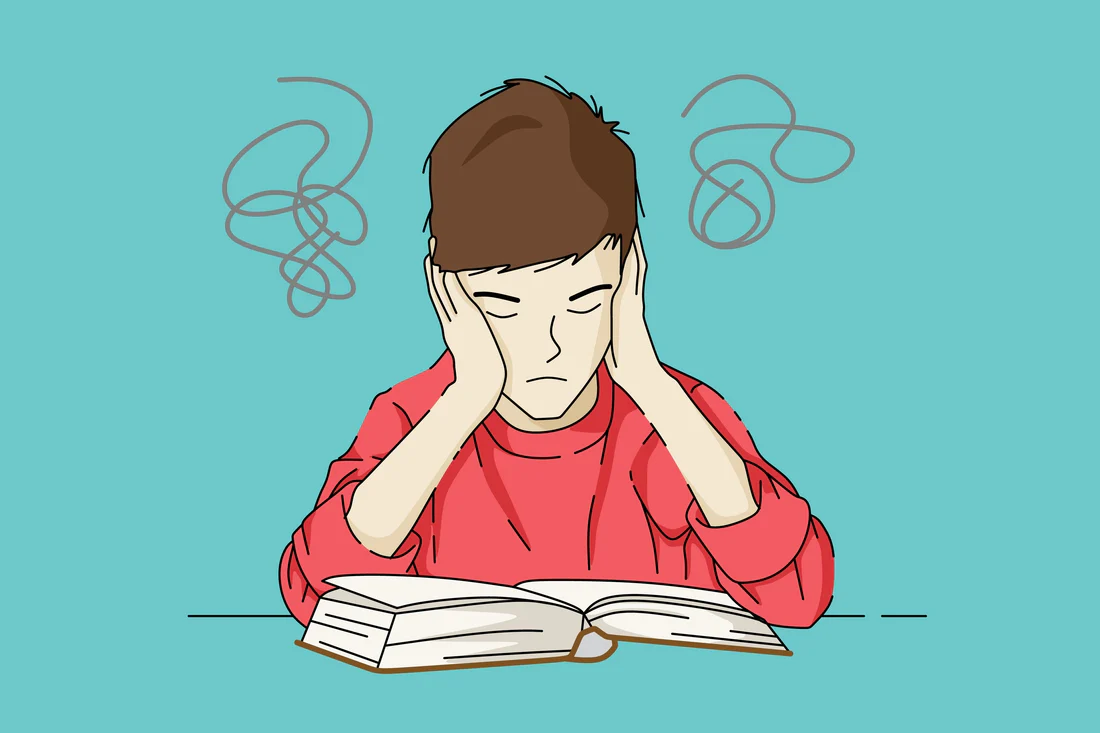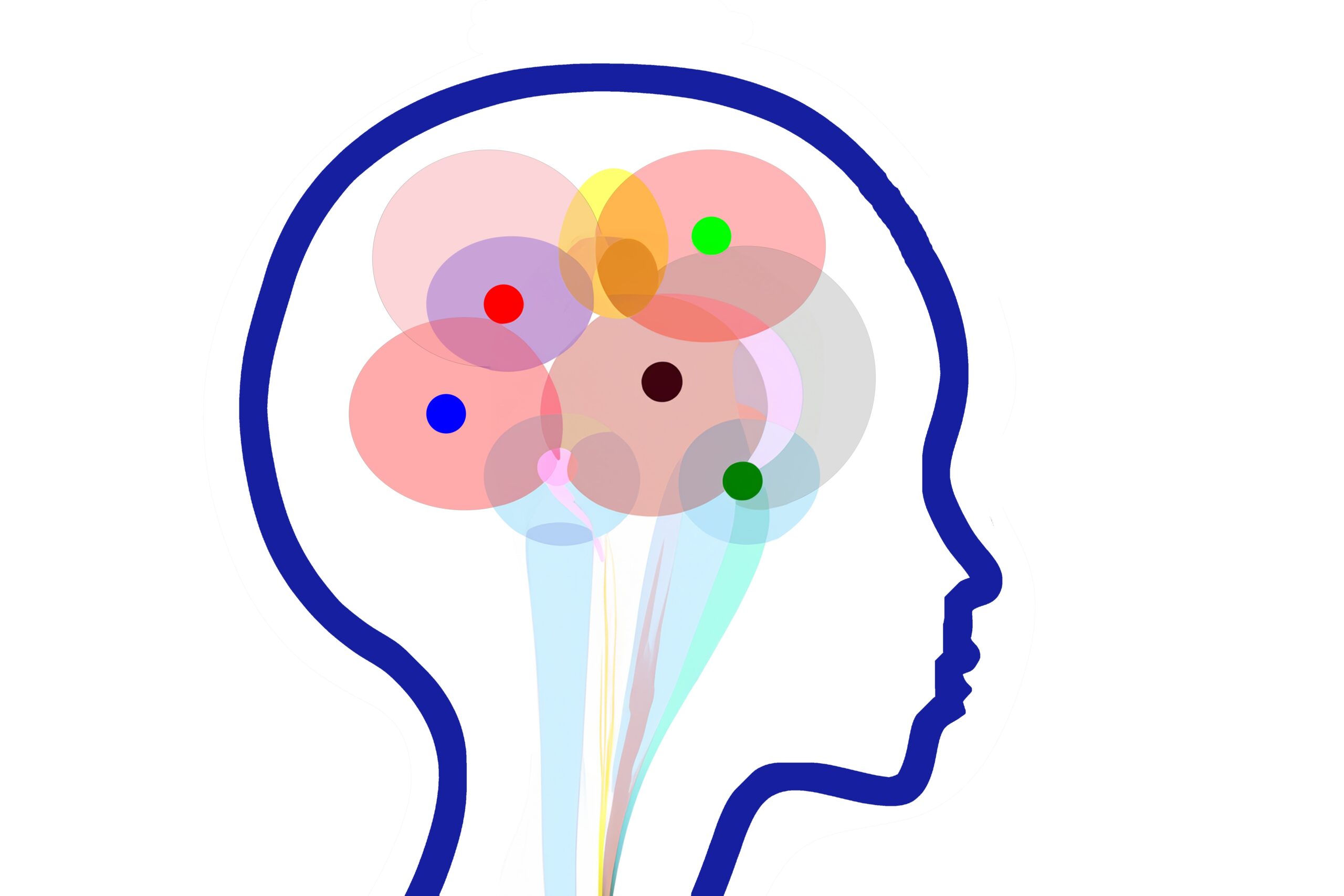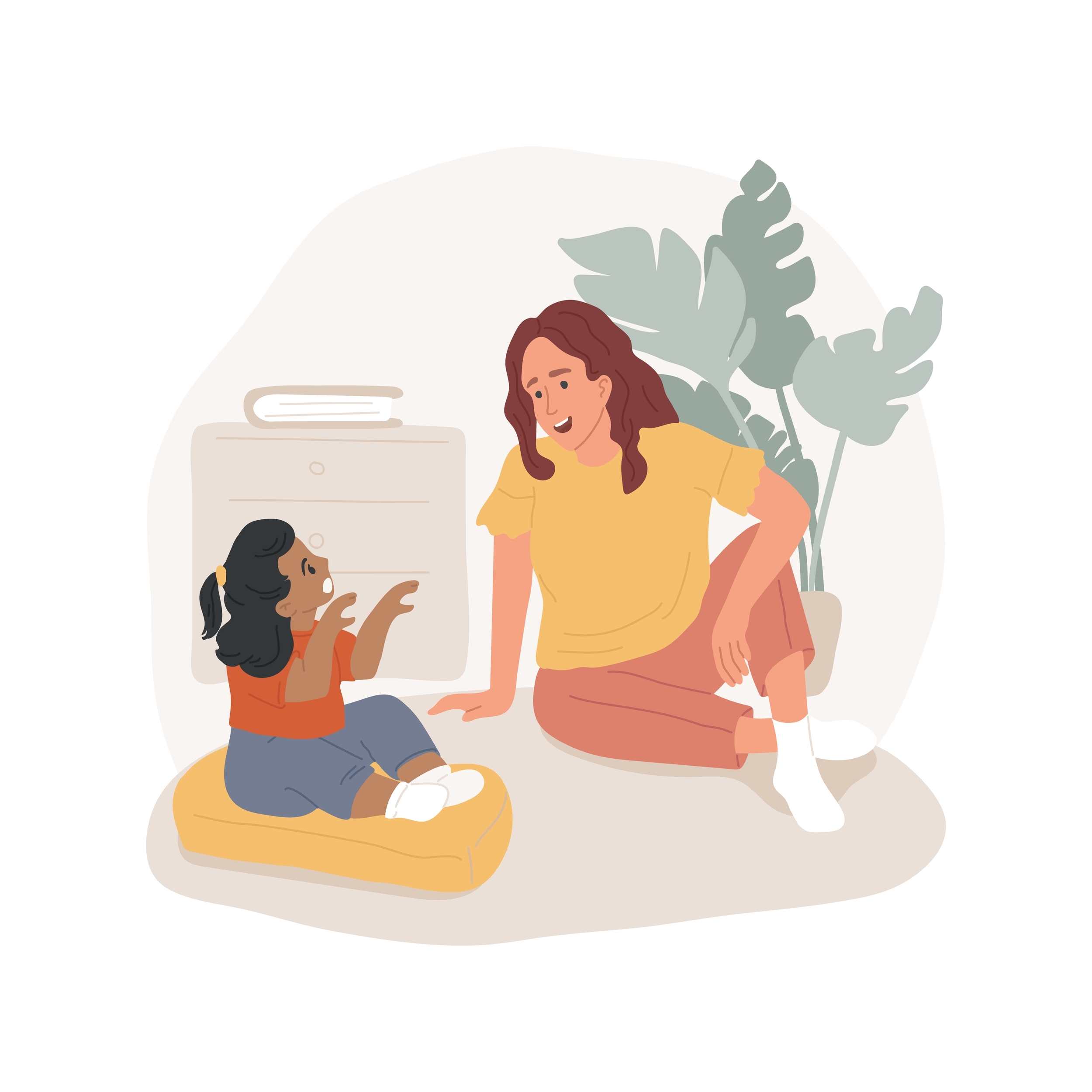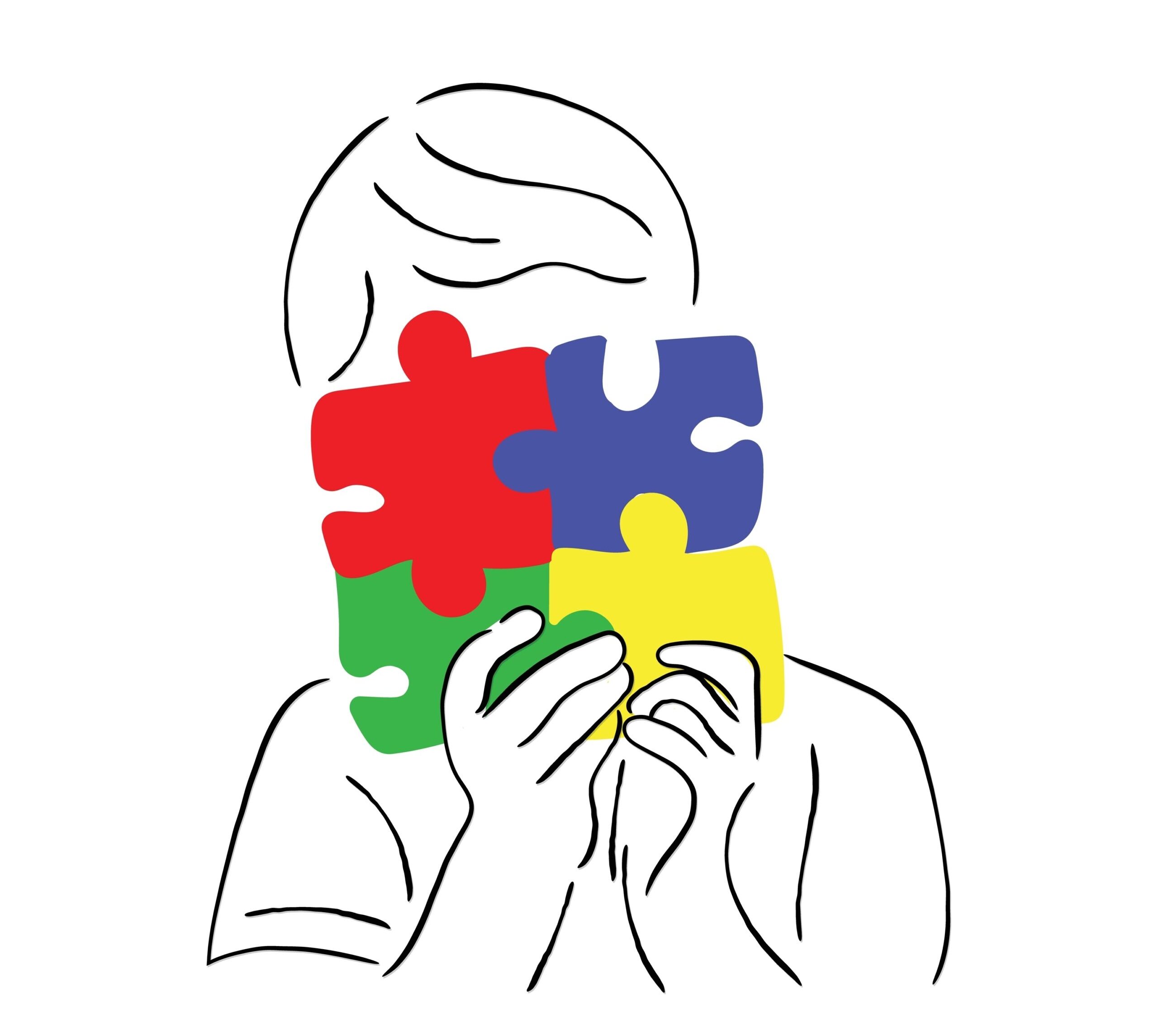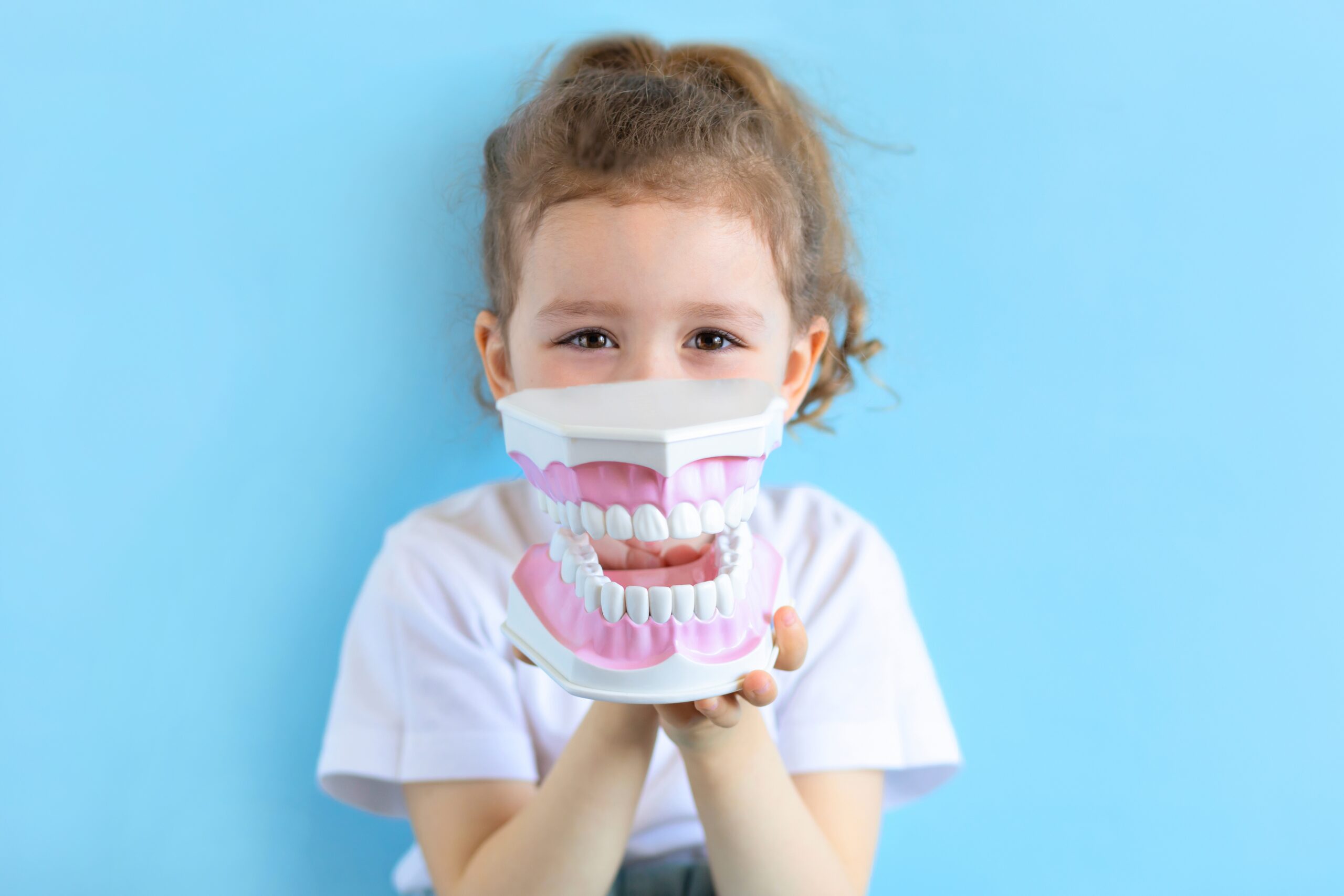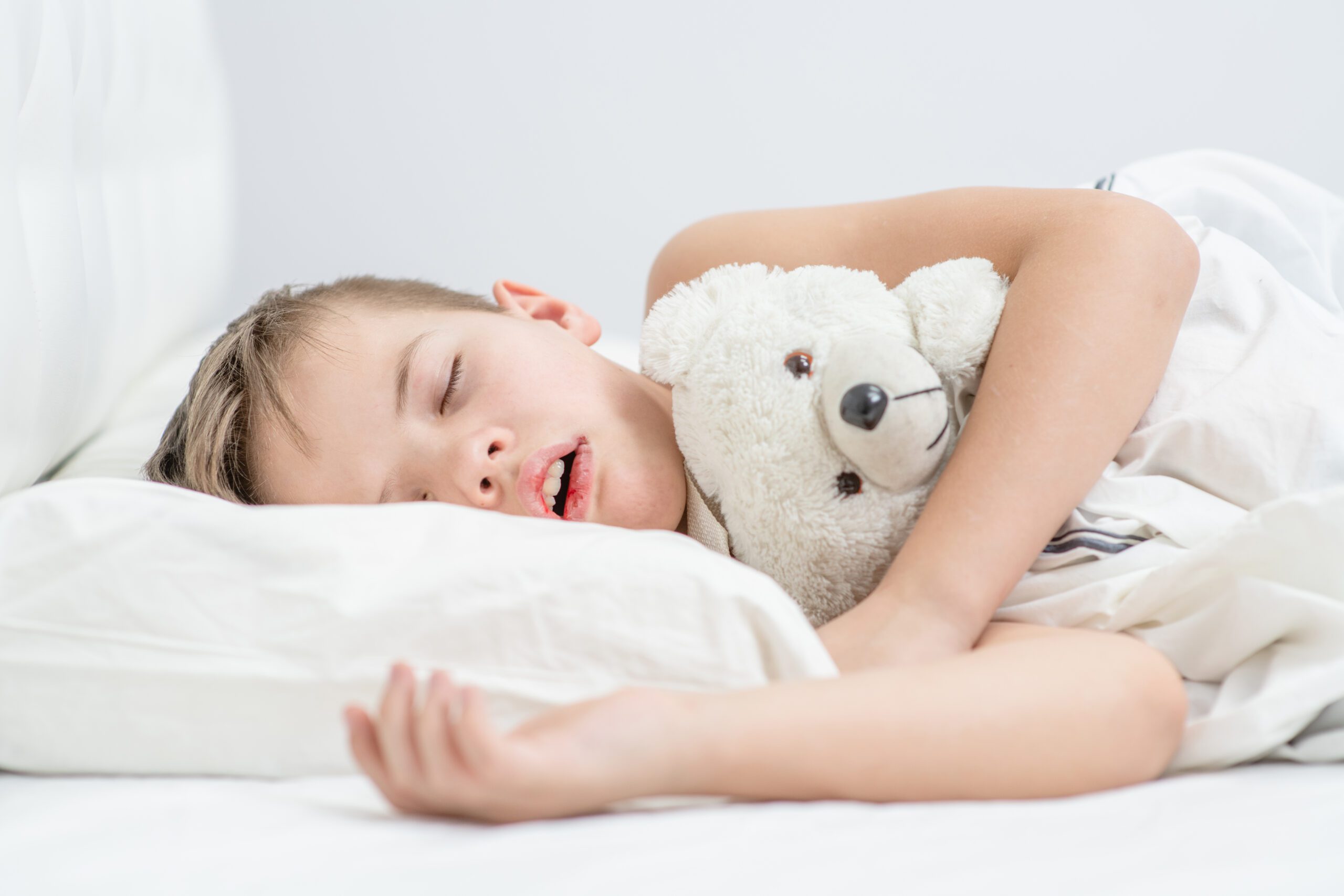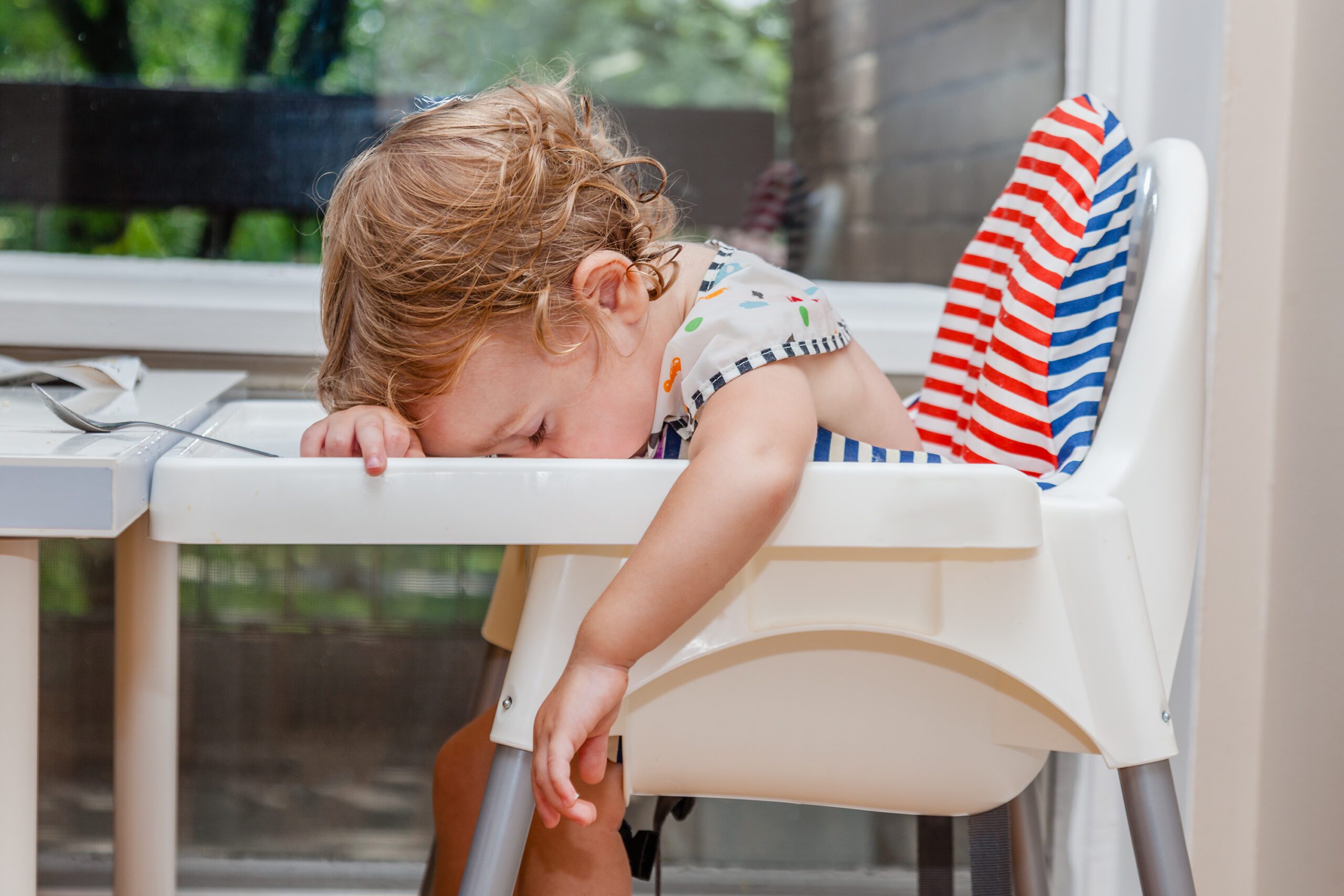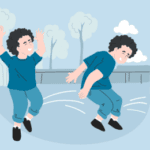
Sensory Processing Disorder
- Signs and Symptoms of Sensory Processing Disorder in Children
- Sensory Processing Disorder in Teens: Signs, Symptoms, Diagnosis & Treatment
- Sensory Processing Disorder (SPD) in Adults: Signs, Diagnosis, Treatment & Coping Strategies
- Types of Sensory Processing Disorder (SPD): Symptoms, Characteristics & Treatment
- Sensory Processing Disorder Treatment Options & Best Therapies for SPD in Children and Adults
- Living with Sensory Processing Disorder: Daily Tips, Support Strategies, and Family Guidance
- Vestibular and Proprioceptive Processing in Sensory Processing Disorder (SPD)
- Causes and Risk Factors of Sensory Processing Disorder (SPD): What Science Knows
- How Is Sensory Processing Disorder Diagnosed? Tests, Signs, and Evaluation Tools
- Stimming Behaviors in Sensory Processing Disorder: What They Are and Why They Matter
- Sensory Processing Disorder and Learning: How Sensory Challenges Affect Education
- Sensory Diet Strategies for Kids: Effective Tools for Sensory Regulation
- Sensory Integration Disorder and Sensory Integration Therapy
- Sensory Discrimination Disorder
- Sensory Modulation Disorder: Symptoms, Subtypes, and Treatment Strategies
- Sensory Over-Responsivity (SOR): Signs, Causes, and How to Help Kids and Adults Cope
- Sensory Under-Responsivity: Signs, Causes, and Support for Children and Adults
- Sensory-Based Motor Disorder: Signs, Symptoms, and Effective Treatments for Children and Adults
- Visual Processing Disorder: Signs, Symptoms & How to Support Visual Learning Challenges
- Auditory Processing Disorder (APD): Symptoms, Diagnosis & Treatment for Children and Adults
- Sensory Seeking/Craving: Understanding, Identifying, and Supporting Sensory Seekers
- Dyspraxia (Developmental Coordination Disorder): Understanding SBMD and Its Impact
- Postural Disorder: Causes, Symptoms & Treatment | Sensory-Based Motor Disorder Guide
Signs and Symptoms of Sensory Processing Disorder in Children

Authored by: The DrSensory Editorial Team
Reviewed by: 🛡️ DrSensory Clinical Review Board
Last updated: June 2025
- How do tactile symptoms of SPD show up in children?
- How Is Sensory Processing Disorder Diagnosed in Children?
- What auditory symptoms are common in children with Sensory Processing Disorder?
- What are vestibular symptoms of Sensory Processing Disorder in kids?
- How does proprioceptive sensory processing disorder affect children?
- Can SPD symptoms vary from child to child?
- How Is SPD Different from Autism and ADHD?
What Is Sensory Processing Disorder in Children? (Overview)
Sensory Processing Disorder (SPD) in children is a neurological condition where the brain has difficulty receiving, interpreting, or responding appropriately to sensory information from the environment. This can affect how children process stimuli such as touch, sound, movement, taste, and sight.
Children with SPD may be overly sensitive to everyday sensations — for example, reacting strongly to certain textures, loud noises, or bright lights — or they may seem under-responsive and seek excessive sensory input, like constant movement or touching objects.
Why Sensory Processing Disorder Matters for Childhood Development
SPD can significantly impact a child’s development, learning, and daily functioning. Sensory challenges may interfere with basic activities such as eating, dressing, playing, and socializing. When sensory signals are confusing or overwhelming, children can experience frustration, anxiety, or behavioral outbursts.
Early identification and support for SPD are crucial because addressing sensory difficulties can improve a child’s motor skills, emotional regulation, focus, and overall quality of life. With the right interventions, children with SPD can better engage with their surroundings and reach developmental milestones.
What are the most common sensory processing disorder (SPD) symptoms in children?
Children with Sensory Processing Disorder (SPD) often show a range of symptoms that affect how they respond to sensory input. Common signs include extreme sensitivity to touch, sound, light, or movement. They may avoid certain textures of clothing or food, have difficulty tolerating noisy environments, or seek excessive movement like spinning or jumping. These behaviors can interfere with daily activities and social interactions.
How do tactile symptoms of SPD show up in children?
Tactile symptoms relate to touch and texture sensitivity. Children with tactile SPD may react strongly to light touch, scratchy clothing, or unexpected touch. They might avoid messy play, refuse to be hugged, or dislike certain foods because of texture. Conversely, some children may seek out strong tactile input, such as rough play or rubbing surfaces, to help regulate their sensory needs.
How Is Sensory Processing Disorder Diagnosed in Children?
Diagnosing Sensory Processing Disorder in children involves a detailed evaluation process focused on identifying how a child responds to sensory input and how these responses affect daily life.
The Diagnostic Process for SPD
There is no single medical test or scan that confirms SPD. Instead, diagnosis relies on comprehensive observation, parent and teacher reports, and clinical assessments. The process usually begins when parents or caregivers notice sensory challenges affecting their child’s behavior or development and consult healthcare professionals.
The Role of Occupational Therapists and Pediatricians
Occupational therapists (OTs) who specialize in sensory integration play a central role in diagnosing SPD. They conduct structured observations and use standardized assessments to evaluate sensory processing abilities across different systems like touch, movement, and balance.
Pediatricians may also be involved to rule out other medical conditions and refer families to specialists for further evaluation and treatment.
Common Assessment Tools Used for SPD Diagnosis
Several validated tools help professionals assess sensory processing issues, including:
- Sensory Profile: A widely used parent-report questionnaire that measures a child’s sensory processing patterns at home and school.
- Sensory Processing Measure (SPM): Evaluates sensory processing and praxis (motor planning) through observations and reports from multiple environments.
These tools help clinicians understand which sensory systems are affected, the severity of symptoms, and how SPD impacts the child’s functioning. This detailed information guides the creation of individualized treatment plans to support the child’s sensory needs effectively.
What auditory symptoms are common in children with Sensory Processing Disorder?
Auditory SPD symptoms include extreme sensitivity or under-responsiveness to sounds. Children may cover their ears or become distressed by everyday noises like vacuum cleaners, sirens, or loud conversations. Some children might not respond to their name or other sounds, indicating under-responsiveness. These challenges can impact focus, communication, and learning.
What are vestibular symptoms of Sensory Processing Disorder in kids?
The vestibular system controls balance and spatial orientation. Children with vestibular SPD may have poor balance, appear clumsy, or be fearful of playground equipment like swings and slides. Others might seek constant movement—spinning, rocking, or jumping—to satisfy their vestibular sensory needs. These symptoms can affect coordination and physical activities.
How does proprioceptive sensory processing disorder affect children?
Proprioception is the sense of body position and movement. Children with proprioceptive SPD may have difficulty knowing where their body is in space, leading to clumsiness, frequent bumps or falls, and poor handwriting. They might seek deep pressure through activities like squeezing or jumping to gain better body awareness and calm their nervous system.
Can SPD symptoms vary from child to child?
Yes, SPD symptoms are highly individualized. Some children may show mostly tactile sensitivities, while others primarily struggle with vestibular or auditory processing. Severity also varies—from mild discomfort to significant challenges that impact daily functioning. Understanding a child’s unique sensory profile is essential for effective support and treatment.
How Is SPD Different from Autism and ADHD?
While SPD shares some overlapping symptoms with conditions like autism spectrum disorder (ASD) and attention deficit hyperactivity disorder (ADHD), it is a distinct sensory processing challenge.
- SPD vs. Autism: Autism includes a broader set of social, communication, and behavioral symptoms, with sensory issues being just one part. SPD can occur alone without other autism characteristics.
- SPD vs. ADHD: ADHD mainly involves challenges with attention and hyperactivity. While children with ADHD may also have sensory sensitivities, SPD specifically relates to how sensory information is processed and responded to by the nervous system.
Understanding these differences is important for accurate diagnosis and effective treatment tailored to the child’s unique needs.
This page provides general educational content and is not a substitute for professional medical advice. Always consult a licensed provider for diagnosis and treatment.
View privacy policy, copyright and trust info
More on SPD

- Signs and Symptoms of Sensory Processing Disorder in Children
- Sensory Processing Disorder in Teens: Signs, Symptoms, Diagnosis & Treatment
- Sensory Processing Disorder (SPD) in Adults: Signs, Diagnosis, Treatment & Coping Strategies
- Types of Sensory Processing Disorder (SPD): Symptoms, Characteristics & Treatment
- Sensory Processing Disorder Treatment Options & Best Therapies for SPD in Children and Adults
- Living with Sensory Processing Disorder: Daily Tips, Support Strategies, and Family Guidance
- Vestibular and Proprioceptive Processing in Sensory Processing Disorder (SPD)
- Causes and Risk Factors of Sensory Processing Disorder (SPD): What Science Knows
- How Is Sensory Processing Disorder Diagnosed? Tests, Signs, and Evaluation Tools
- Stimming Behaviors in Sensory Processing Disorder: What They Are and Why They Matter
- Sensory Processing Disorder and Learning: How Sensory Challenges Affect Education
- Sensory Diet Strategies for Kids: Effective Tools for Sensory Regulation
- Sensory Integration Disorder and Sensory Integration Therapy
- Sensory Discrimination Disorder
- Sensory Modulation Disorder: Symptoms, Subtypes, and Treatment Strategies
- Sensory Over-Responsivity (SOR): Signs, Causes, and How to Help Kids and Adults Cope
- Sensory Under-Responsivity: Signs, Causes, and Support for Children and Adults
- Sensory-Based Motor Disorder: Signs, Symptoms, and Effective Treatments for Children and Adults
- Visual Processing Disorder: Signs, Symptoms & How to Support Visual Learning Challenges
- Auditory Processing Disorder (APD): Symptoms, Diagnosis & Treatment for Children and Adults
- Sensory Seeking/Craving: Understanding, Identifying, and Supporting Sensory Seekers
- Dyspraxia (Developmental Coordination Disorder): Understanding SBMD and Its Impact
- Postural Disorder: Causes, Symptoms & Treatment | Sensory-Based Motor Disorder Guide
Find a Therapist near you
Are you looking for a physical, occupational, or speech therapist in your area?
Look no further than the DrSensory Therapist Database and Clinic Directory!
Find a Therapist
Find the physical therapist, occupational therapist, or speech language pathologist you’re looking for!
Ask Us Anything
Whether you are looking for advice, have a general question about sensory processing, or looking for resources.
Submit Your Story
Share your story about your child. Let’s celebrate milestones and learn more about challenges.







































